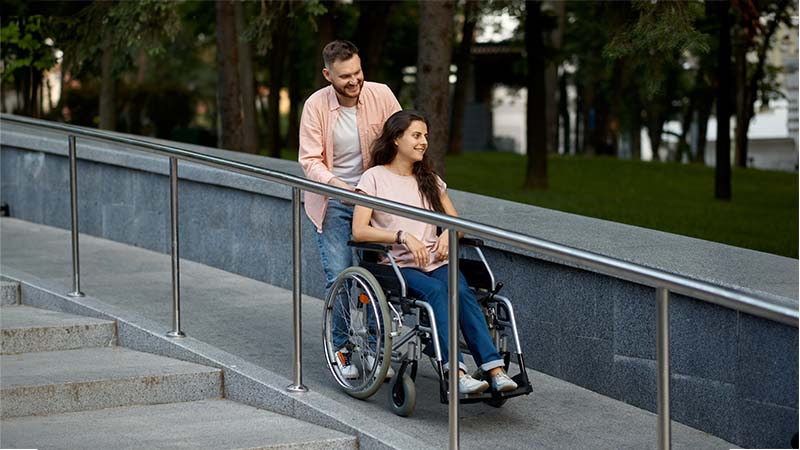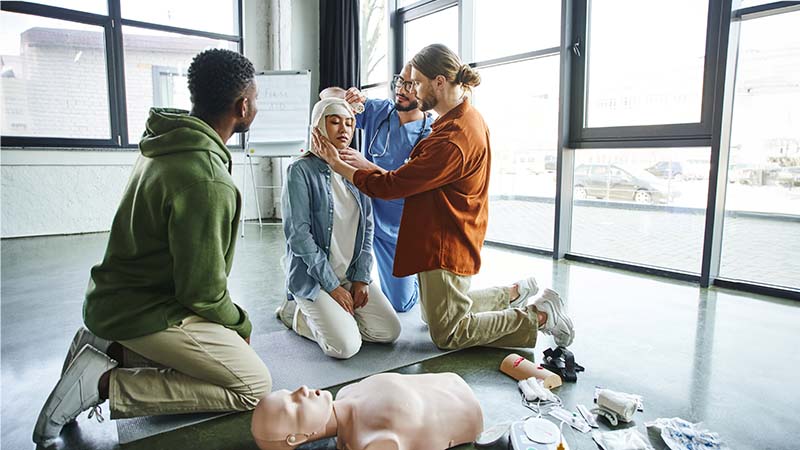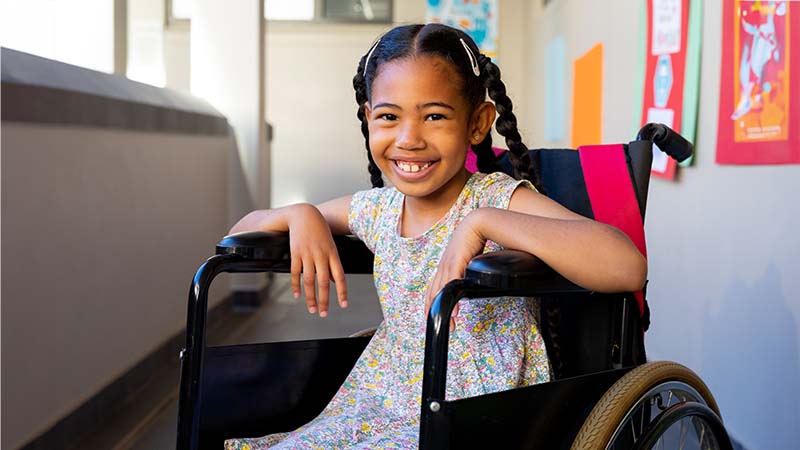Creating an inclusive summer camp environment that welcomes children with disabilities is not just a matter of compliance but a commitment to equality and diversity. An inclusive camp design ensures that all children, regardless of their abilities, have the opportunity to participate fully and enjoy a rewarding camp experience. This inclusivity goes beyond physical accessibility; it encompasses an understanding and sensitivity to the various needs of children with different abilities.
An inclusive camp not only enriches the lives of children with disabilities but also fosters a sense of community, empathy, and understanding among all campers. It’s about recognizing the unique contributions each child can make and ensuring that every camper has an equal chance to create lifelong memories. By prioritizing inclusivity, camps demonstrate their dedication to nurturing a diverse and compassionate generation.
Assessing Camp Accessibility
To ensure that a summer camp is accessible for children with disabilities, a thorough assessment of the current facilities and programs is crucial. This process involves:
- Facility Evaluation: Examining all camp facilities, including sleeping areas, dining halls, bathrooms, and activity spaces, to identify potential accessibility barriers.
- Program Review: Analyzing existing camp activities and programs to determine if they are adaptable for children with various disabilities.
- Expert Consultation: Engaging with disability experts and advocacy groups can provide valuable insights into best practices for accessibility and inclusion.
- Community Feedback: Involving the disabled community in the assessment process ensures that their needs and preferences are accurately represented and addressed.
This assessment forms the foundation for making informed changes and improvements to create a truly inclusive camp environment.
Designing Accessible Facilities
Creating accessible camp facilities is a key aspect of inclusive camp design. This involves:
- Accommodations for Mobility: Ensuring that buildings and activity areas are wheelchair accessible, with ramps and wide doorways. Paths should be smooth and navigable for individuals with mobility aids.
- Sensory-Friendly Spaces: Designing spaces that cater to children with sensory sensitivities, such as quiet zones and areas with reduced visual or auditory stimuli.
- Accessible Bathrooms and Lodging: Bathrooms and sleeping areas must be equipped to accommodate campers with disabilities, including features like grab bars and sufficient space for maneuverability.
- Emergency Preparedness: Developing emergency evacuation plans that take into account the needs of campers with disabilities.

These design considerations not only make the camp physically accessible but also ensure a safe and comfortable environment for all campers.
Inclusive Program Planning
Developing inclusive camp activities is essential to ensure that all children, regardless of their abilities, can participate and enjoy:
- Adaptable Activities: Designing camp activities that can be modified to suit various ability levels, ensuring that every camper can engage meaningfully.
- Diverse Program Options: Offering a range of activities to cater to different interests and abilities, from arts and crafts to outdoor adventures.
- Incorporating Assistive Technology: Utilizing technology where necessary to aid participation in activities, such as audio descriptions for visually impaired campers.
- Fostering Inclusivity: Encouraging activities that promote teamwork and understanding among campers, helping to build a supportive camp community.
These considerations are crucial for creating a camp experience that is both fun and accessible for every camper.
Training and Awareness
Effective staff training in disability awareness and inclusive practices is crucial for an inclusive camp. This training should focus on:
- Understanding Disabilities: Educating staff about various types of disabilities and their specific needs.
- Inclusive Communication: Training on how to communicate effectively and respectfully with campers with disabilities.
- Emergency Procedures: Ensuring all staff are prepared to assist campers with disabilities in emergency situations.

This training not only equips the staff with necessary skills but also fosters an inclusive and supportive camp culture.
The implementation of inclusive camp design profoundly impacts the camp experience for children with disabilities, fostering a sense of belonging and empowerment. This approach benefits all campers, cultivating an environment of empathy, diversity, and mutual respect. By committing to inclusivity, summer camps not only enrich the lives of children with disabilities but also contribute to building a more inclusive society. The lessons learned and friendships formed in such an inclusive setting extend far beyond the camp, influencing attitudes and behaviors towards inclusivity in broader life contexts.
